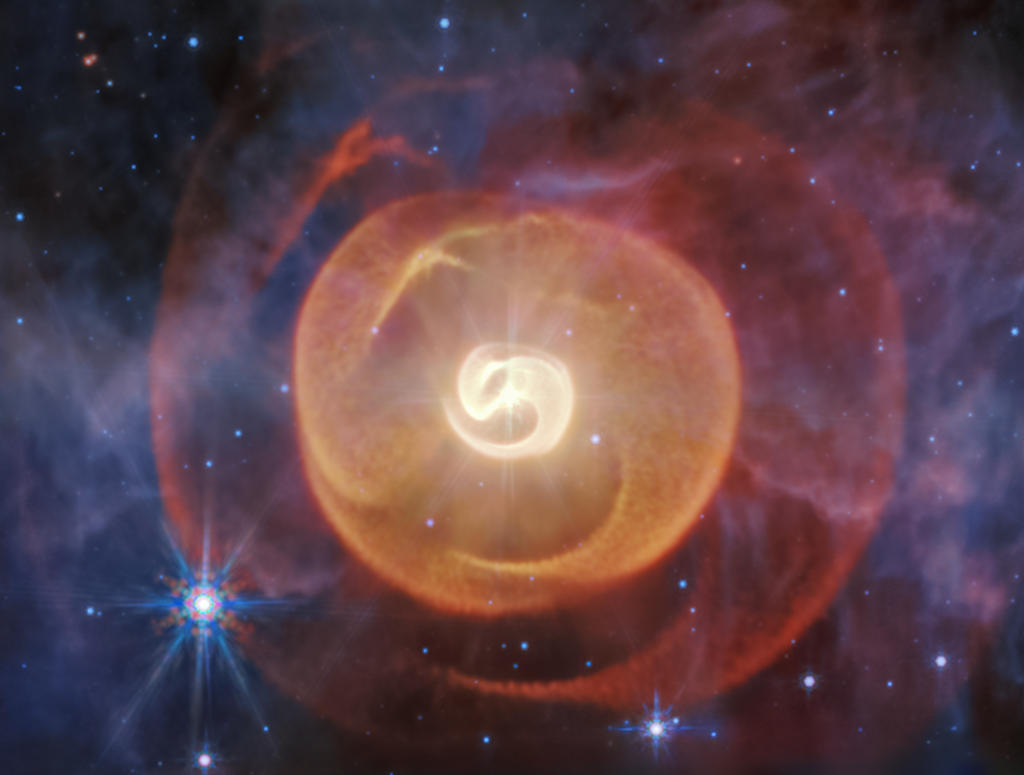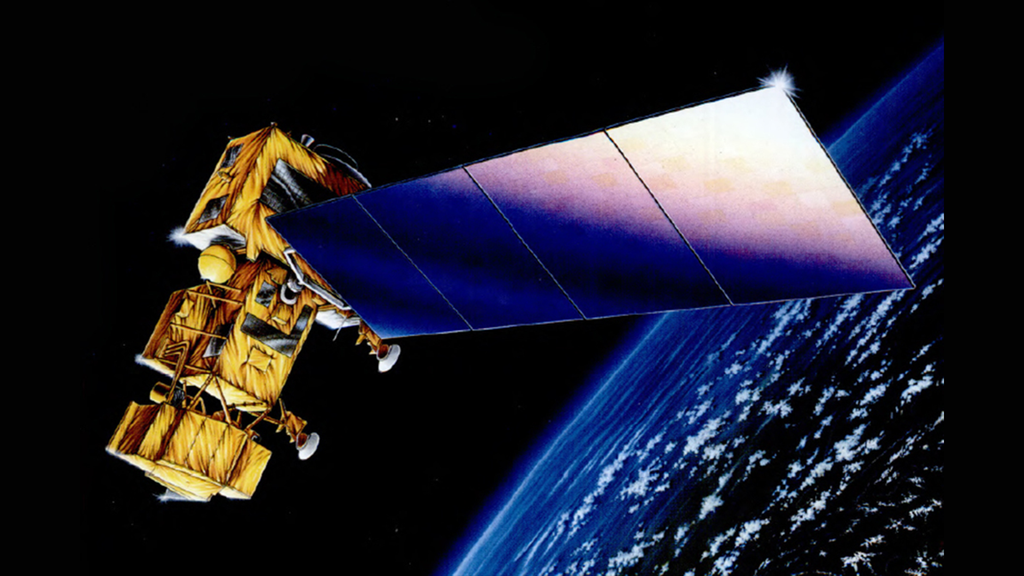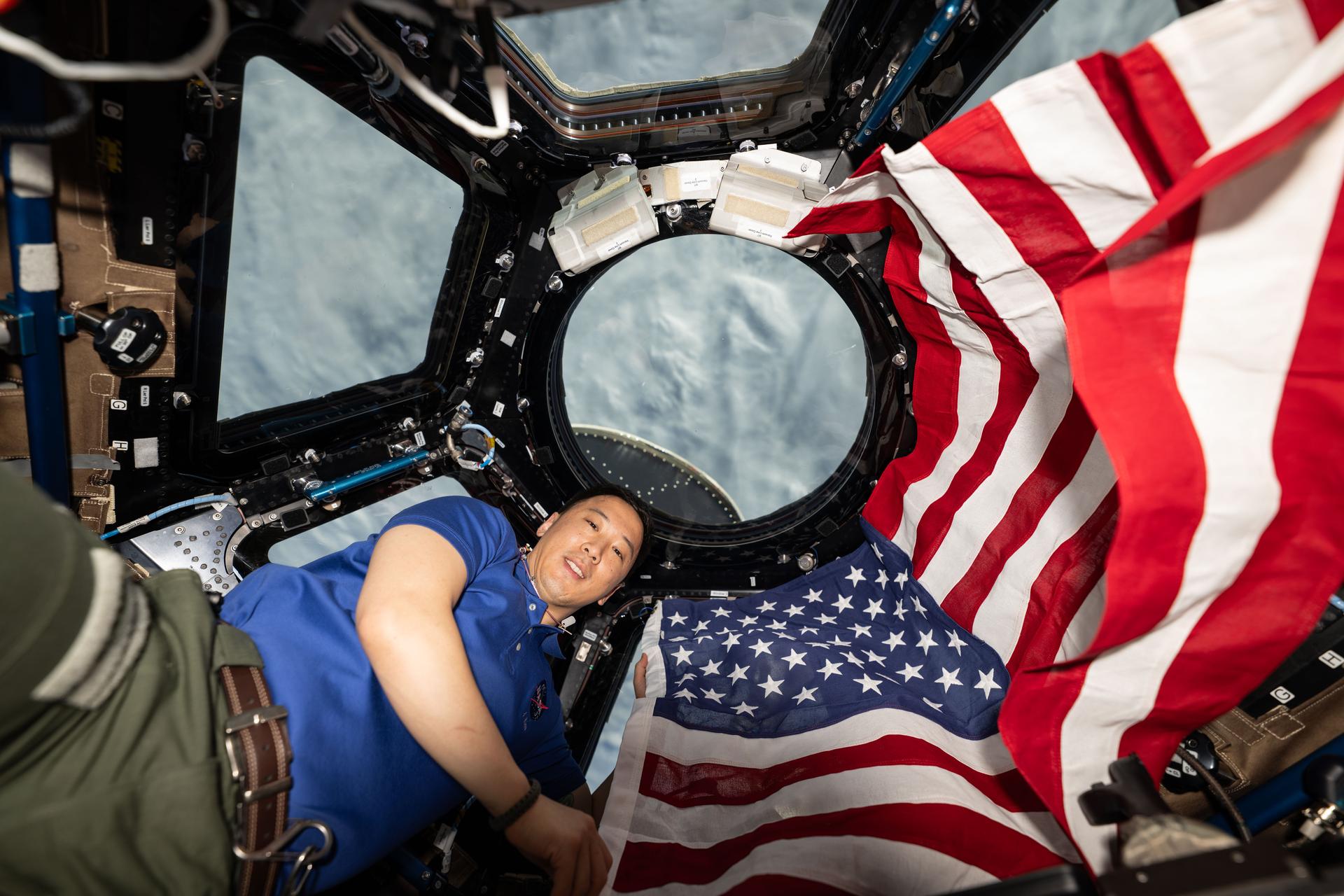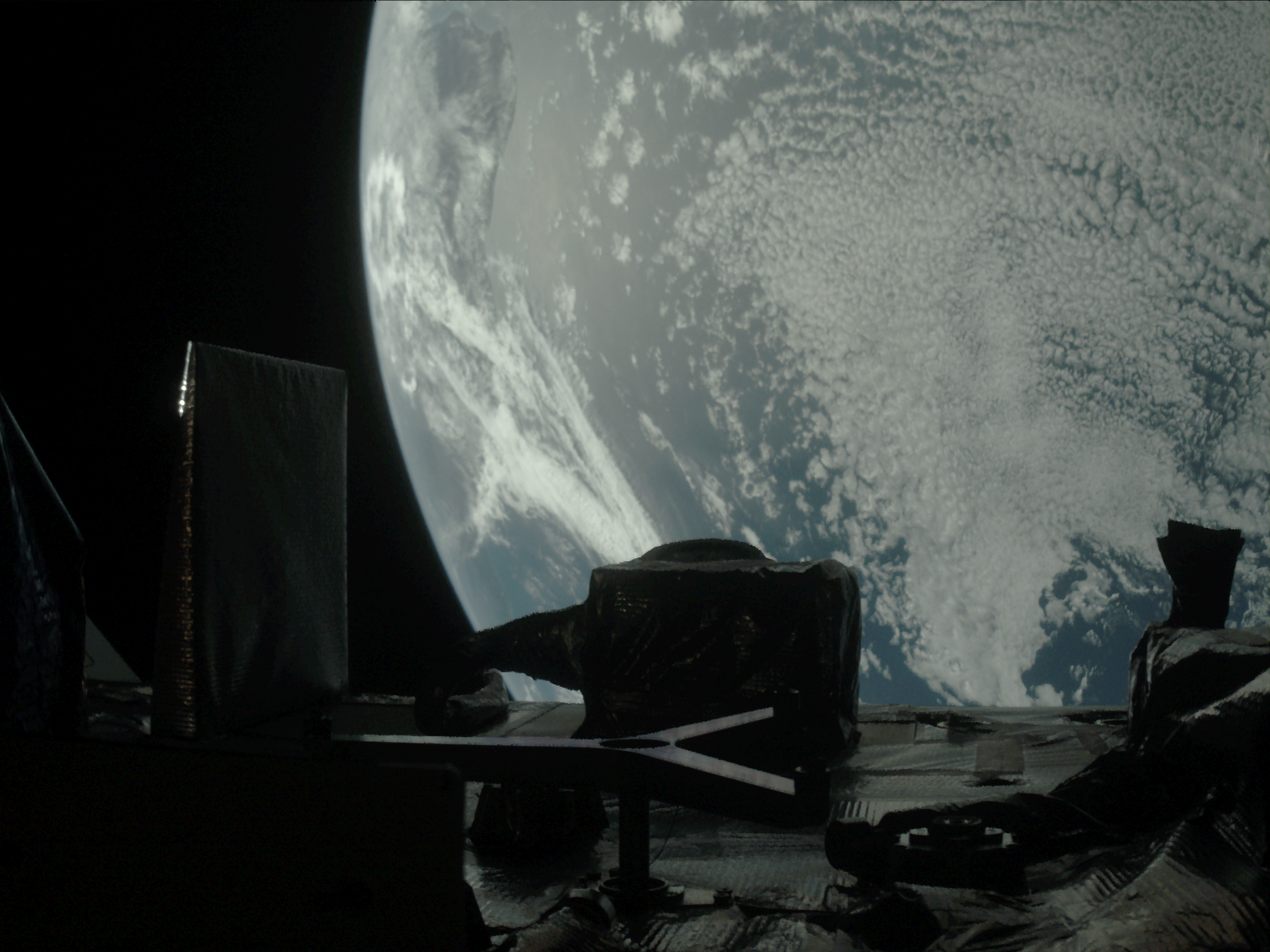NASA’s OSIRIS-APEX Spacecraft Slingshots Past Earth
At 1:00 p.m. EDT on Tuesday, Sept. 23, NASA’s OSIRIS-APEX (Origins, Spectral Interpretation, Resource Identification, and Security – Apophis Explorer) spacecraft flew within 2,136 miles (3,438 kilometers) of Earth.
During approach and as OSIRIS-APEX passed Earth, it looked home, capturing images and data of our home planet to help calibrate its science instruments.

During the spacecraft’s primary mission, the StowCam instrument was used to verify the capsule full of sample from asteroid Bennu was safely stowed and prepared to journey back to Earth. Now, StowCam provides a view of the instrument panel, including the OSIRIS-REx Laser Altimeter, provided by the CSA (Canadian Space Agency) to create detailed 3D topographical maps of Bennu.

NASA’s Goddard Space Flight Center in Greenbelt, Maryland, provides overall mission management, systems engineering, and the safety and mission assurance for OSIRIS-APEX. Dani Mendoza DellaGiustina of the University of Arizona, Tucson, is the principal investigator. The university leads the science team and the mission’s science observation planning and data processing. Lockheed Martin Space in Littleton, Colorado, built the spacecraft and provides flight operations. NASA Goddard and KinetX Aerospace are responsible for navigating the OSIRIS-APEX spacecraft. International partnerships on this mission include the spacecraft’s laser altimeter instrument from CSA. OSIRIS-APEX (previously named OSIRIS-REx) is the third mission in NASA’s New Frontiers Program, managed by NASA’s Marshall Space Flight Center in Huntsville, Alabama, for the agency’s Science Mission Directorate in Washington.




























